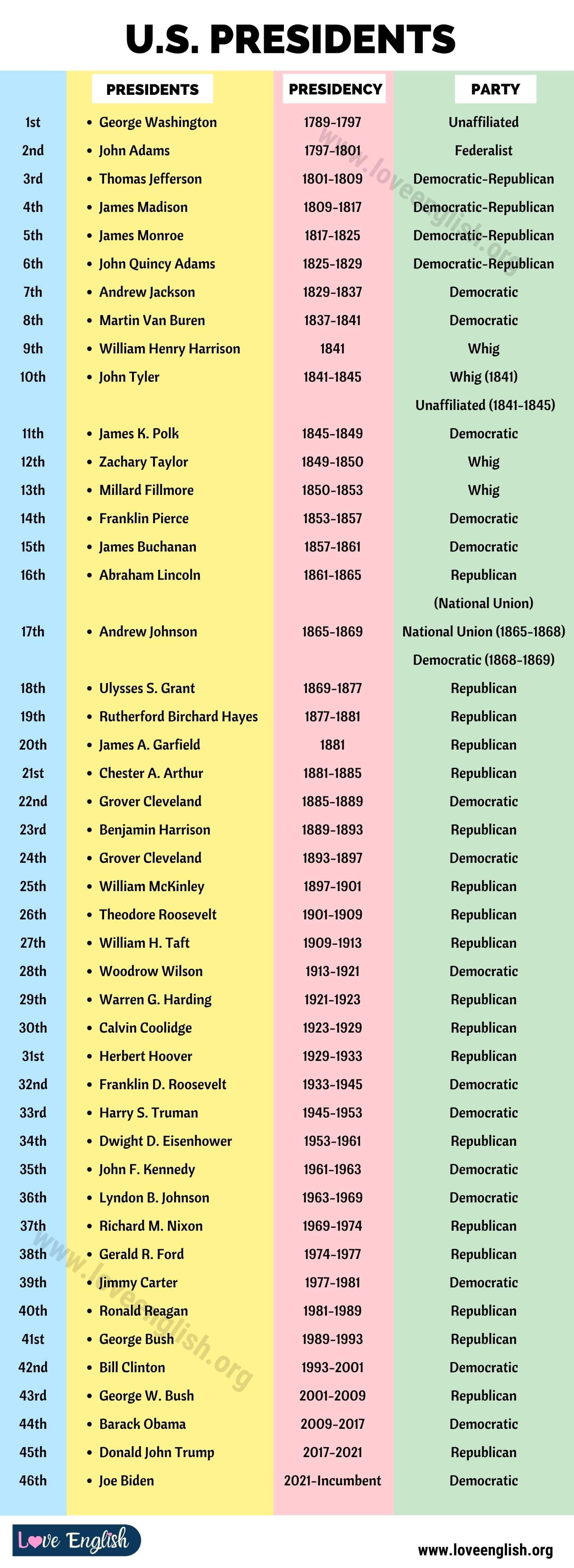Alive US Presidents - The Enduring Presence
It is a fascinating thought, to ponder the very essence of what it means for someone to be 'alive,' particularly when we consider those who have held the highest office in a nation. We often use the word 'alive' without really stopping to think about its depth, but there's a lot more to it than just breathing, you know? It's about a state of being, a continuous existence, and a certain kind of spirit that truly sets people apart.
This concept of being 'alive' takes on a special kind of weight when we talk about former leaders, those individuals who once stood at the helm. It's not just about them simply existing; it's about the lingering presence, the continued influence, and the way their very being can still shape discussions or memories. We're going to explore what 'alive' truly means in this context, drawing a little bit from some thoughtful observations about the word itself, and how it paints a picture of ongoing life.
So, in some respects, thinking about 'alive us presidents' isn't just a simple headcount. It's an invitation to consider the many layers of what 'having life' really entails. From exhibiting signs of life to possessing a vibrant energy, the idea of being alive is quite rich. We'll look at how this broad definition helps us appreciate the continued presence of those who once guided the country, reflecting on the various ways life expresses itself, even after a public role concludes.
Table of Contents
- What Does It Truly Mean to Be Alive?
- The Core Meaning - Beyond Simple Existence for Alive US Presidents
- How Do We Recognize Life's Spark in Former Leaders?
- Unpacking the Signs of Life Among Alive US Presidents
- Is There a Special Kind of Aliveness for Those Who Have Served?
- What Does the Adjective 'Alive' Tell Us About Their Ongoing Story?
- Not Dead or Lifeless - The Simple Truth for Alive US Presidents
What Does It Truly Mean to Be Alive?
When we think about someone being alive, it's actually a rather profound concept, isn't it? The very basic idea, as you know, points to the condition of having life. This isn't just a simple biological fact; it’s a fundamental state of existence that separates living things from everything else around us. For someone who has served as a leader, this simple truth takes on a different kind of meaning, especially when we talk about alive us presidents. It's not just about the beating heart or the breath in their lungs, though those are certainly key indicators. It’s also about the ongoing narrative, the stories that continue to be told, and the impact that still resonates, even if they are no longer in the public eye every single day. The definition suggests a continuous state, a condition where life persists, which is, in some respects, a truly remarkable thing for anyone, let alone someone who has shaped a nation's path.
The feeling of being alive, too, is often described as being full of energy and spirit. This isn't necessarily about physical vigor, but more about an inner spark, a certain vibrancy that radiates from a person. You know, when someone seems truly engaged with the world, enjoying what they do, that's often what we mean by being 'full of life.' For those who have led, this energy might manifest in different ways after their time in office. It could be in their continued engagement with causes they care about, or perhaps in their writing, or even just in the quiet wisdom they share with those around them. It's a testament to the enduring human spirit, really, that this kind of aliveness can persist and even flourish long after the intense pressures of public service have eased. It’s a quality that, in a way, speaks to the very essence of their character and how they approach the world.
Furthermore, the idea that if something is alive, it continues to exist, is quite central to this discussion. It’s about more than just a fleeting moment; it’s about persistence through time. When we consider alive us presidents, this means their story isn't over when they leave the White House. Their presence continues, perhaps in a different form, but it is there nonetheless. Their thoughts, their memories, their perspectives—all of these components continue to be part of the living fabric of our shared experience. It’s a powerful idea, really, that the life of a person, especially one who has held such a significant role, doesn't simply cease to matter or exist in any meaningful way just because their official duties have concluded. They are, in a very real sense, still here, still part of the ongoing flow of life, and that, in some respects, is a comfort to many.
The Core Meaning - Beyond Simple Existence for Alive US Presidents
To truly grasp what 'alive' means for someone who has served as a nation's leader, we have to look beyond the very basic, almost clinical, definition of not being dead. It's more than just the absence of death; it's the presence of life in all its varied forms. When we consider alive us presidents, this means acknowledging their continued impact, their lingering influence, and the way their past actions still shape our present conversations. They are not just living bodies; they are living histories, in a way, still contributing to the collective memory and understanding of a country. This perspective allows us to appreciate the depth of their ongoing existence, recognizing that their life continues to unfold, even if it's no longer under the constant glare of public scrutiny.
The very notion of 'having life' carries with it a sense of potential, a capacity for growth, and a connection to the world around us. For those who have held the highest office, this can translate into a continued engagement with issues they care about, a sharing of wisdom, or simply being a point of reference for historical events. It’s not just about what they *did*, but what they *are*—still living, still experiencing, still present. The meaning extends to the simple fact that they are, quite simply, living beings, and that in itself holds a certain weight when we consider their past roles. So, it's not just a binary state of 'on' or 'off'; it's a dynamic, ongoing process of being, which is pretty interesting when you think about it.
Furthermore, the idea that something alive continues to exist really emphasizes the lasting nature of life. It means that the story doesn't just end when one chapter closes. For alive us presidents, this means their personal story intertwines with the larger story of the nation in an ongoing way. Their experiences, their decisions, and their very personalities remain a part of the national consciousness. This persistence is a powerful thing, demonstrating that the impact of a life, especially one lived in such a public and influential manner, can stretch far beyond the confines of a specific time in office. It's about their continued presence, in thought, in memory, and in the ongoing flow of events, which is a rather significant aspect of their aliveness.
How Do We Recognize Life's Spark in Former Leaders?
When we talk about recognizing life's spark, especially in figures like alive us presidents, we're looking for more than just the obvious signs of breathing or moving. It's about that inner vitality, that sense of being truly engaged with the world. You know, the definition often mentions being 'full of energy and spirit,' and that's a feeling you can sense even when someone isn't actively leading a country. It might be in the way they speak about their passions, the way their eyes light up when discussing a topic they care about, or even just the warmth of their presence. This isn't about their physical capabilities, but rather about the enduring essence of who they are, the part of them that remains curious, thoughtful, and connected to life itself. It's a subtle but powerful indicator of their continued aliveness.
The ability to be responsive to stimuli, to grow, and to move are also key aspects of being alive, as you might expect. For alive us presidents, this doesn't necessarily mean physical growth in the traditional sense, but rather a continued intellectual or personal evolution. They might be learning new things, adapting to new circumstances, or simply finding new ways to express themselves. Their responsiveness could be seen in their reactions to current events, their willingness to share their perspectives, or their engagement with new ideas. It's about demonstrating that they are still very much part of the living world, capable of thought, feeling, and interaction. This ongoing capacity for engagement is a pretty clear sign that their life spark is still very much present and active.
Moreover, the idea that someone 'seems alive' because they are very lively and enjoy everything they do is a wonderfully human way to describe this spark. It’s about that zest for life, that genuine enthusiasm that can be quite infectious. For former leaders, this might mean finding joy in quieter pursuits, in family life, or in contributing to causes they believe in without the pressure of political office. It’s a powerful reminder that life continues to offer opportunities for enjoyment and engagement, regardless of one's past role. This aspect of aliveness speaks to a deeper contentment and a continued appreciation for the simple act of living, which is, in some respects, a very profound thing to observe in anyone, especially those who have carried such heavy responsibilities.
Unpacking the Signs of Life Among Alive US Presidents
When we think about what it means for someone to exhibit signs of life, we often picture things like breathing, movement, and growth. For alive us presidents, these fundamental biological indicators are, of course, present, confirming their living state. But beyond the biological, there are other, perhaps more nuanced, signs of their continued aliveness. This includes their ongoing engagement with the world, even if it's not in a formal capacity. Their ability to recall past events, to share anecdotes, and to offer reflections on historical moments are all ways in which their living minds continue to contribute to our collective understanding. It's a testament to the enduring power of human experience and memory, which is, in a way, a very real sign of their continued presence among us.
The concept of being 'full of energy and spirit' is another powerful indicator of life's spark. This doesn't always mean running marathons or giving rousing speeches, particularly as people get older. Instead, for alive us presidents, it might manifest as a keen intellect, a sharp wit, or a quiet determination to continue contributing in meaningful ways. It's about that inner drive, that vitality that doesn't necessarily diminish with age or the end of a public career. This kind of energy can be seen in their continued writing, their philanthropic efforts, or even just in the way they carry themselves with a sense of purpose. It’s a very human quality that speaks to their enduring character and their continued connection to the world around them, which is quite inspiring, you know?
Moreover, the simple fact that they are 'not dead' or 'lifeless' is the most straightforward sign of their aliveness. Yet, this simple truth carries a profound weight when applied to former heads of state. Their continued existence means that their perspectives, their wisdom, and their experiences are still a part of the living historical record. They are not merely figures in textbooks; they are active participants in the ongoing story of a nation. This continued presence allows for

Printable List of US Presidents | Presidents Website

US Presidents: Complete List of 45 Presidents of the United States

Which Presidents Are Still Alive? - Crazy For Business